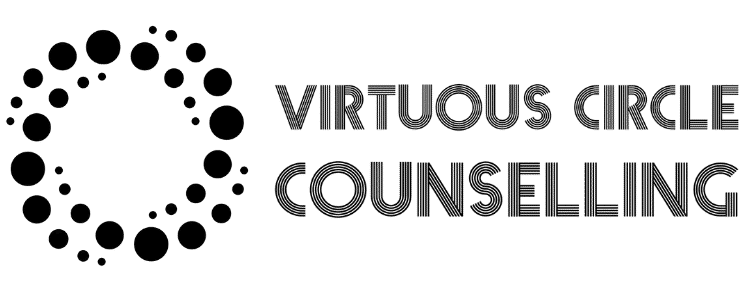Learning disabilities affect a person’s ability to acquire, process, and retain information. These conditions can impact a person’s reading, writing, math, and communication skills, making it difficult to perform well academically. Diagnosing a learning disability is crucial to ensure that individuals receive the proper support and accommodations to succeed in school and beyond:
Understanding the Different Types of Learning Disabilities
There are several learning disabilities, each with specific symptoms and characteristics. The most common ones include:
Dyslexia
A reading disorder that affects a person’s ability to decode and comprehend written words, dyslexia can manifest itself in different ways. Telltale signs and symptoms of dyslexia include difficulty with phonemic awareness, reading and spelling, writing and organizing thoughts, math problems, time management problems, and memory.
Dysgraphia
Dysgraphia is a specific learning disorder affecting a person’s writing ability. It is a neurological disorder caused by an issue with the brain’s ability to process and understand language, as well as the motor skills needed to put language into written form. People with dysgraphia may have difficulty handwriting, spelling, and organizing their thoughts on paper. They may also experience issues with penmanship, such as writing too small, using poor spacing, and having difficulty forming letters.
Dyscalculia
This is a learning disability that affects an individual’s ability to understand, remember, and manipulate numerical information. Individuals with dyscalculia can struggle with basic math skills such as counting, adding, subtracting, multiplying, and dividing. They can also have trouble with more advanced concepts such as algebra, geometry, and trigonometry.
Attention Deficit Hyperactivity Disorder (ADHD)
Attention Deficit Hyperactivity Disorder or ADHD is among the most common learning disabilities. It is characterized by impulsivity, hyperactivity, and difficulty focusing. Individuals with ADHD typically have trouble staying on task and can be easily distracted. They may also have difficulties controlling their emotions and may be more prone to outbursts or acting out behaviors.
Visual Processing Disorder (VPD)
This is a learning disability that affects the way a person processes and understands visual information. People with VPD have difficulty recognizing shapes, distinguishing colors, reading, and writing.
Language Processing Disorder
Language Processing Disorder (LPD) is a disorder in which a person struggles to understand and process language. It is usually characterized by difficulty understanding and using grammar, understanding and using words and their meanings, and comprehending spoken or written information.
Nonverbal Learning Disabilities
These are a group of learning disabilities that affect a person’s ability to understand nonverbal cues such as facial expressions and body language. People with NVLD often have difficulty communicating and forming relationships with others.
Diagnosing a Learning Disability
Diagnosing a learning disability involves a comprehensive evaluation that includes several steps. The process typically involves the following:
- Referral – A referral is usually made by a teacher, parent, or healthcare provider who has noticed a child struggling academically or exhibiting symptoms of a learning disability.
- Screening – The next step is to conduct a screening to determine whether there is a need for further evaluation. This may involve a review of the child’s academic and medical history, observation, and standardized tests.
- Evaluation – If the screening indicates a need for further evaluation, a comprehensive assessment is conducted by a qualified professional, like a psychologist or educational specialist. The evaluation may involve standardized tests, interviews, and observations to assess the child’s academic skills, cognitive abilities, and social-emotional functioning.
- Diagnosis – After the evaluation, the professional will provide a diagnosis based on the criteria outlined in the Diagnostic and Statistical Manual of Mental Disorders (DSM-5). The diagnosis will indicate the type of learning disability and the severity of the condition.
- Intervention – Once a diagnosis is made, the professional will develop an intervention plan that includes appropriate accommodations, modifications, and strategies to help the individual succeed academically and socially.
Conclusion
Diagnosing a learning disability can be a complex process requiring the expertise of qualified professionals. It is essential to identify and address learning disabilities early on to ensure that individuals receive the proper support and accommodations to succeed in school and beyond. If you have any reason to believe that you or a loved one has a learning disability, it is essential to get help from a qualified professional as soon as possible. With the proper intervention and support, individuals with learning disabilities can achieve their full potential and lead successful and fulfilling lives.
Virtuous Circle Counselling offers various services, including occupational therapy, online cognitive assessment, online therapy, and more. Contact our therapists to learn more about our services in Calgary!


